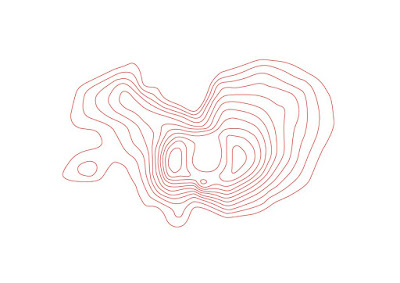Reason for Selection
The first record of ten longevity symbols painting is the poetry included in Mogeun (poetry) collection by Yi Saek at the end of Goryeo dynasty. It is an inherent term of our country that is not available in China or Japan. The Taoist ideology of China and the popular belief of our country were combined together and the hope and ideas of our people about living a long life was expressed through a painting.
The subject matter of the ten traditional symbols of longevity were expressed through various household items like traditional clothing, accessory, or furniture of ordinary citizens throughout the Joseon Dynasty period and it contains the awareness, custom, and sentiments of the people. Likewise, the ten traditional symbols of longevity contain the traditional characteristics of South Korea and it is a traditional culture that represents South Korea with hopes and idea of long life. That is why I want to reinterpret this modernly to research and develop this into a meaningful cultural product that can be used in daily life and also given as a gift to both people of our country as well as foreigners.
십장생도의 구성에 대한 최초의 기록은 고려 말 이색의 목은집에 수록된 시문으로, 중국이나 일본에는 없는 우리나라의 고유의 용어이다. 중국의 신선사상과 우리나라의 민간신앙이 융합되어 우리 민족의 장수에 대한 소망과 관념이 그림으로 표현된 것이다. 십장생의 소재는 조선시대를 거치면서 일반서민의 생활 속에서 복식, 장신구, 가구 등 각종 생활용품에 표현되어 한국인의 의식과 풍속 및 민족적 정서를 담고 있다. 이처럼 십장생은 한국 고유의 특징을 담고 있으며, 장수에 대한 소망과 관념이 담겨 있는 한국을 대표하는 전통문화이다. 따라서 이를 현대적으로 재해석하여 내국인, 외국인 구분 없이 일상생활 속에서 사용하고 선물할 수 있는 뜻 깊은 문화상품을 연구개발하고 싶다.





































